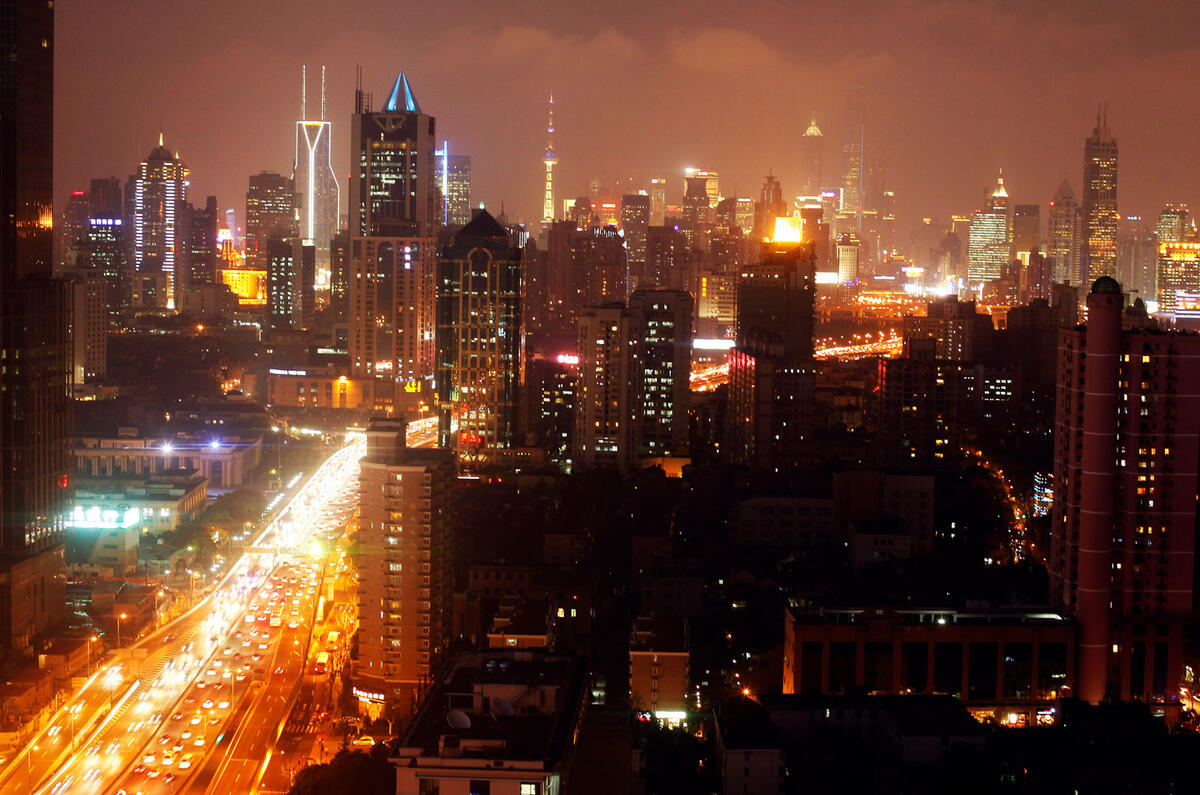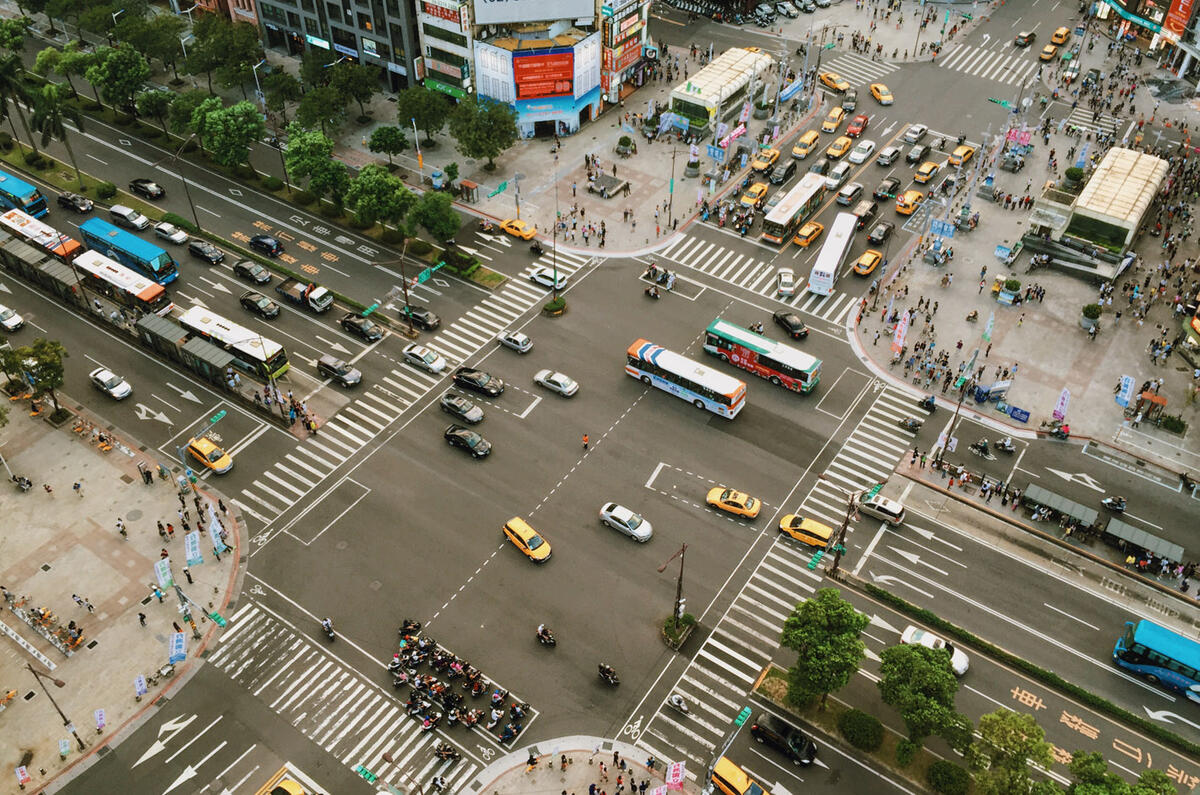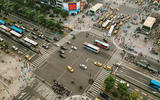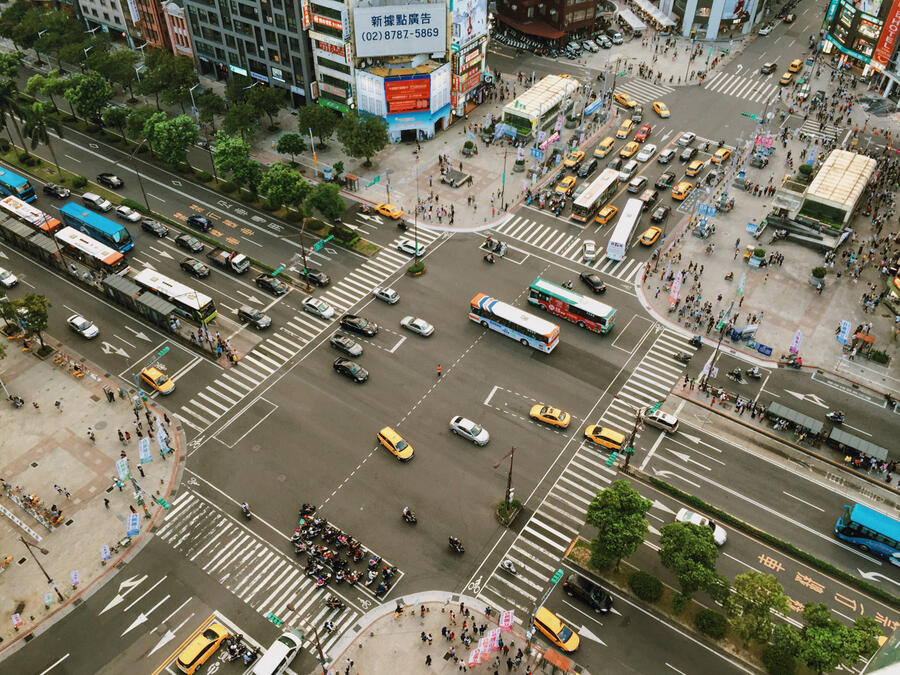Bustling halls and stands packed with new metal: the 2021 Shanghai motor show had it all. Indeed, right down to that fast-emerging staple of any major car event: a huge controversy over Tesla, this one sparked by a disgruntled buyer’s protests.
Hard though it is to imagine on Europe’s bumpy road in and out of lockdowns, the car industry isn’t merely back on its feet in China but thriving.
May marked the 14th month of year-on-year sales gains, even in the face of the global semiconductor crisis, and while it wasn’t hard to eclipse the dire figures from early in the pandemic, the recovery is now tipped to be deep-set and long-standing. Evidence of that is the fact that new-car sales in the first quarter of this year hit 6.12 million, up 72.2% on 2020.
Talk is now not of recovery but of growth and how far it can go – remarkable, against the pre-Covid backdrop of a shrinking market, driven by a slowing economy, saturation of sales in the major urban areas and state pressure for electrification and sometimes against foreign car makers.
Most analysts forecast around 25.7m sales for the year, and while that would be only a small step up from 2020, it would also be an immediate bounce back to 2019 levels.
“The recovery from Covid was quick and accompanied by a rebound of the economy as a whole,” said LMC Automotive analyst Alan Kang.
“By the end of March 2020, the virus was well contained and the Chinese government moved quickly to invest heavily, especially in infrastructure. Coupled with the fact that export opportunities were strong, boosted, it must be said, by Covid hitting competitor nations elsewhere in Asia, China’s economy has been strong. Off the back of that, consumers have entered an upgrading period.”
Kang highlights the premium end of the car market as the hottest. Evidence of that is provided by surging sales for the ever-present trio of Audi, BMW and Mercedes-Benz.
“In the sector they operate, those brands have a 66% share in the premium market,” said Kang. “Their strength is evident: they entered the Chinese market early, their cars are well received by buyers, they were fast to introduce models adapted to the local market and they cover the market, from compact to full size. That strength shows no signs of dimming. The pandemic has driven a consumptive shock; buyers want to spend again.”
Adding further momentum to burgeoning premium car sales, according to Kang, is the fact that a new, savvier generation of Chinese car buyers has emerged.









Add your comment